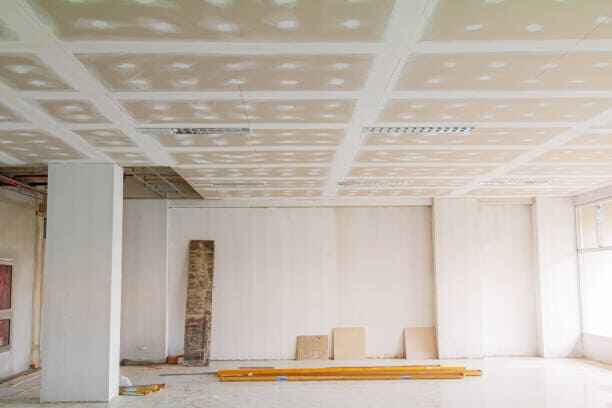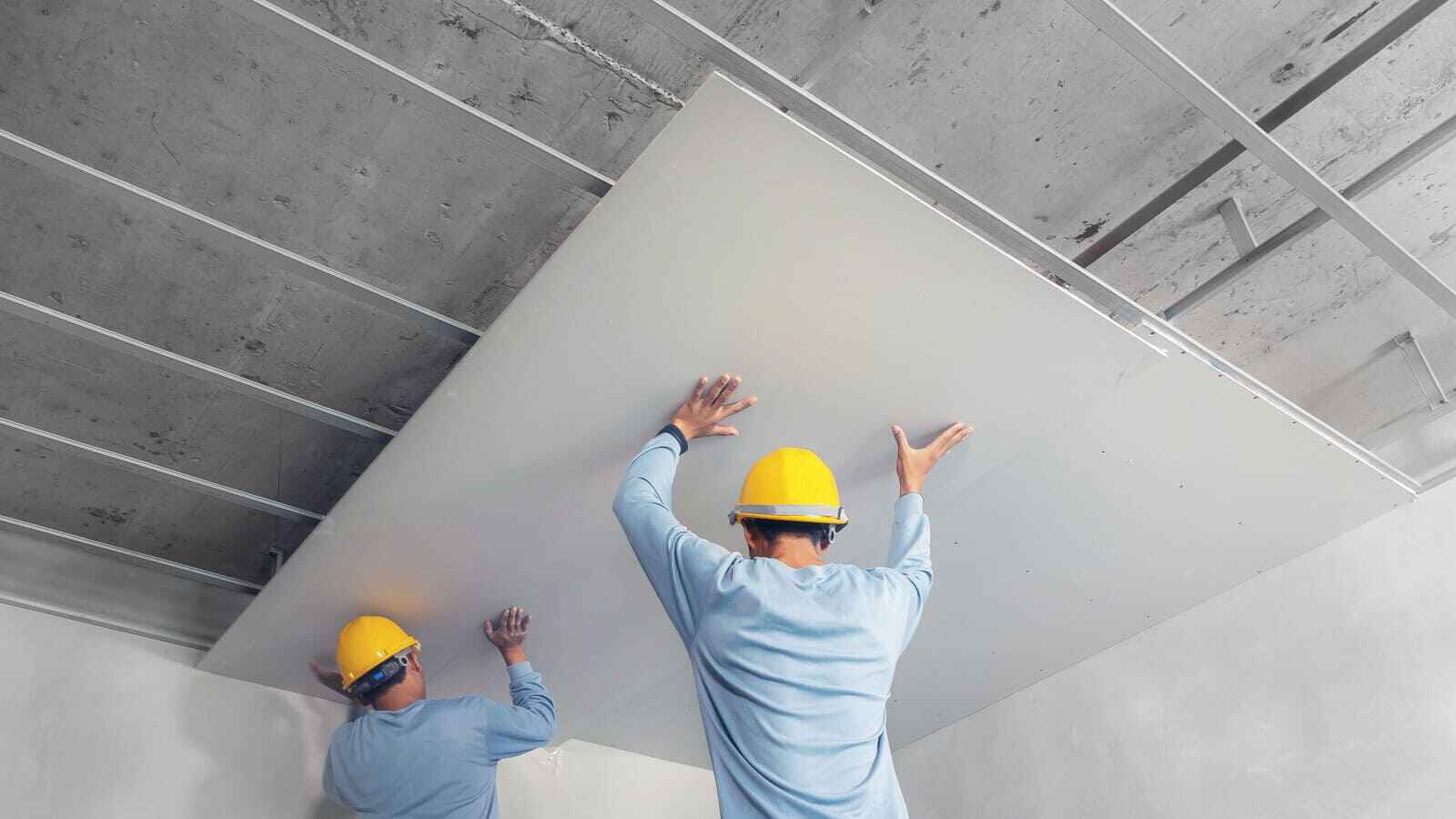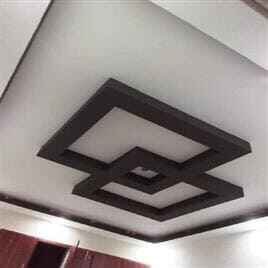Gypsum Board
Gypsum board, also known as drywall or plasterboard, is a widely used construction material in the building industry. Let’s delve into the details:
Composition:
Gypsum board consists of a core made of gypsum, a soft mineral composed of calcium sulphate dihydrate.
This core is sandwiched between two layers of paper or fiberglass.
Uses and Advantages:
Interior Design:
Gypsum boards create a continuous surface suitable for various interior design projects in both residential and commercial spaces. When their seams and fastener heads are covered with a joint compound system, they provide a smooth finish.
Fire Protection:
Gypsum boards are fire-resistant and help safeguard structures from fire threats. The chemically bound water in gypsum gives it this fire-resistant quality. When exposed to fire, the water within the gypsum evaporates, forming a protective layer.
Humidity and Temperature Regulation:
Gypsum can regulate variables such as humidity and temperature in homes. It improves the insulating characteristics of plasterboard or formwork used in buildings.


Uses and Advantages:
Sound Isolation:
Gypsum materials are designed to absorb sound and reduce reverberation. Creating an air space between two solid gypsum walls enhances acoustic performance.
Insulation:
Heating gypsum products causes the water crystals in the material to heat up. Calcination, the process of dehydrating gypsum with heat, creates a protective layer that prevents combustion and keeps surrounding materials at a lower, safer temperature.
Effective Fire Retarder:
Due to its non-combustible quality, gypsum is regarded as an effective fire retarder. It can slow fire development for hours, depending on its utilization.
Varieties and Applications:
1.Gypsum board consists of a core made of gypsum, a soft mineral composed of calcium sulphate dihydrate.
2.Gypsum boards come in various types, including drywall, wallboard, and plasterboard.
3.They differ from other panel-type materials (such as plywood, hardboard, and fibreboard) due to their non-combustible core and paper facers.
4.Gypsum and glass are also used to create lightweight architectural ornaments.
5.Ceilings in buildings are often made of gypsum tiles.
